I have an Asp.NET MVC Application connected with Azure AD B2C.
In the Administrator settings I've created an Administrators Group:
In my code I would like to use [Authorize(Roles = "Administrator")]
With regular Azure Active Directory it was easy to add (just 3 lines of code). But for the Azure AD B2C I cannot find any tutorial or example in the web which is working. Maybe you can tell me what i need to modify.
Here is the ConfigureAuth method of my Startup.Auth.cs
public void ConfigureAuth(IAppBuilder app)
{
app.SetDefaultSignInAsAuthenticationType(CookieAuthenticationDefaults.AuthenticationType);
app.UseCookieAuthentication(new CookieAuthenticationOptions());
app.UseOpenIdConnectAuthentication(
new OpenIdConnectAuthenticationOptions
{
// Generate the metadata address using the tenant and policy information
MetadataAddress = String.Format(AadInstance, Tenant, DefaultPolicy),
// These are standard OpenID Connect parameters, with values pulled from web.config
ClientId = ClientId,
RedirectUri = RedirectUri,
PostLogoutRedirectUri = RedirectUri,
// Specify the callbacks for each type of notifications
Notifications = new OpenIdConnectAuthenticationNotifications
{
RedirectToIdentityProvider = OnRedirectToIdentityProvider,
AuthorizationCodeReceived = OnAuthorizationCodeReceived,
AuthenticationFailed = OnAuthenticationFailed,
},
// Specify the claims to validate
TokenValidationParameters = new TokenValidationParameters
{
NameClaimType = "name"
},
// Specify the scope by appending all of the scopes requested into one string (separated by a blank space)
Scope = $"openid profile offline_access {ReadTasksScope} {WriteTasksScope}"
}
);
}
